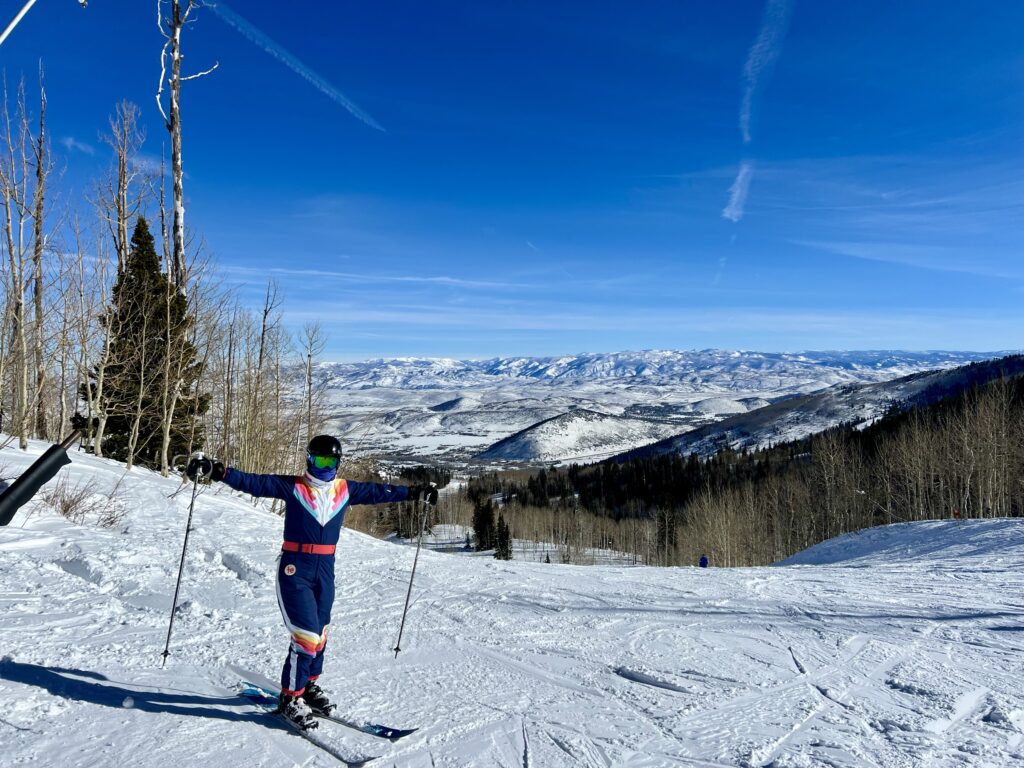This article discusses why you should pre-purchase an EPIC or IKON ski pass when planning a U.S. ski trip.
It was only a few years ago when planning a ski trip was fairly easy. You could even wait to see where the best snow was before booking a trip without getting gouged on travel, accommodations, and ski pass expenses, or should I say gouged as badly. Unfortunately, those days have gone. Resorts have become much more crowded in the last few years. If you really want to stay at that slope side, ski-in, ski-out luxury hotel you’ll most likely need to book several months in advance. You should also consider purchasing either an EPIC or IKON ski pass for that ski season as well if you don’t want to pay a small fortune for your lift tickets.
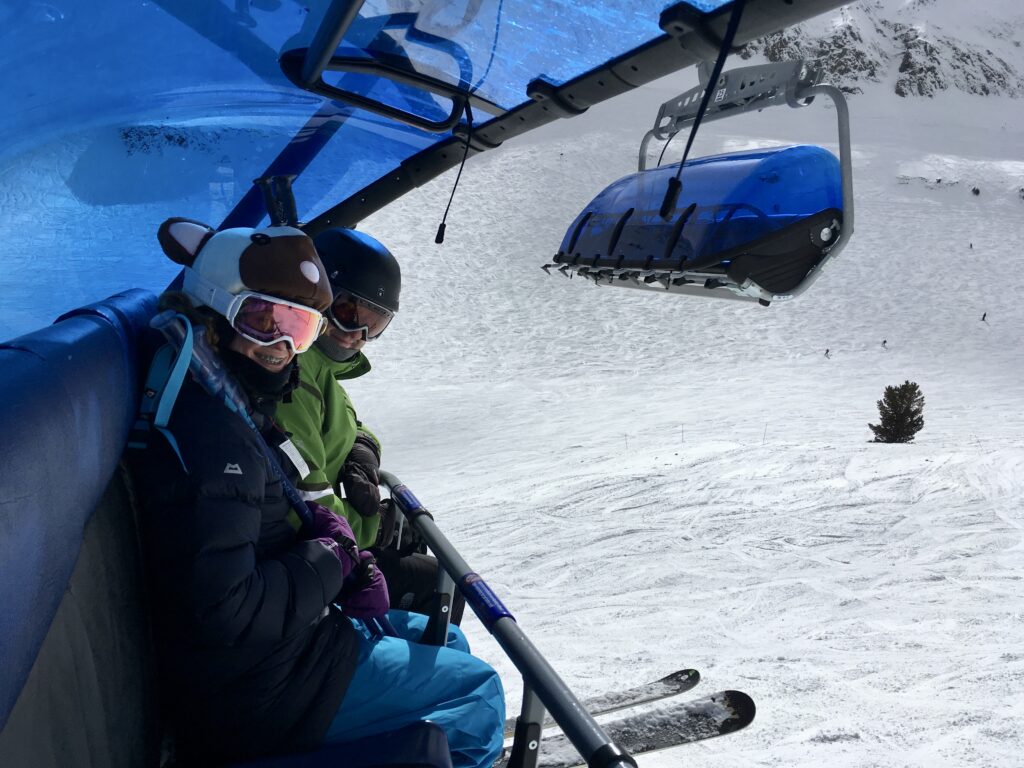
If you haven’t been to a U.S. ski resort in a few years you may be thinking, “But I’m only going to do one trip next year and only plan on skiing for 4 or 5 days. Do I really need to purchase a pass 6 to 8 months in advance?”. The answer is yes if you don’t want to pay outrageous prices and I’ll explain why in just a moment. But, first I’ll describe what EPIC and IKON are, which will help explain how ticket prices got so high and resorts so crowded.
EPIC and IKON, Competing U.S. Wide Ski Passes
Almost all major ski resorts in the U.S. and North America, as well as many of the smaller resorts around the country, are either part of the EPIC or IKON ski pass network . Both EPIC and IKON also include several ski destinations in Europe, South America, Japan, Australia, and New Zealand. Since these two passes have to compete with each other, I would expect each one to continue adding additional resorts over time just as they’ve done over the past several years.
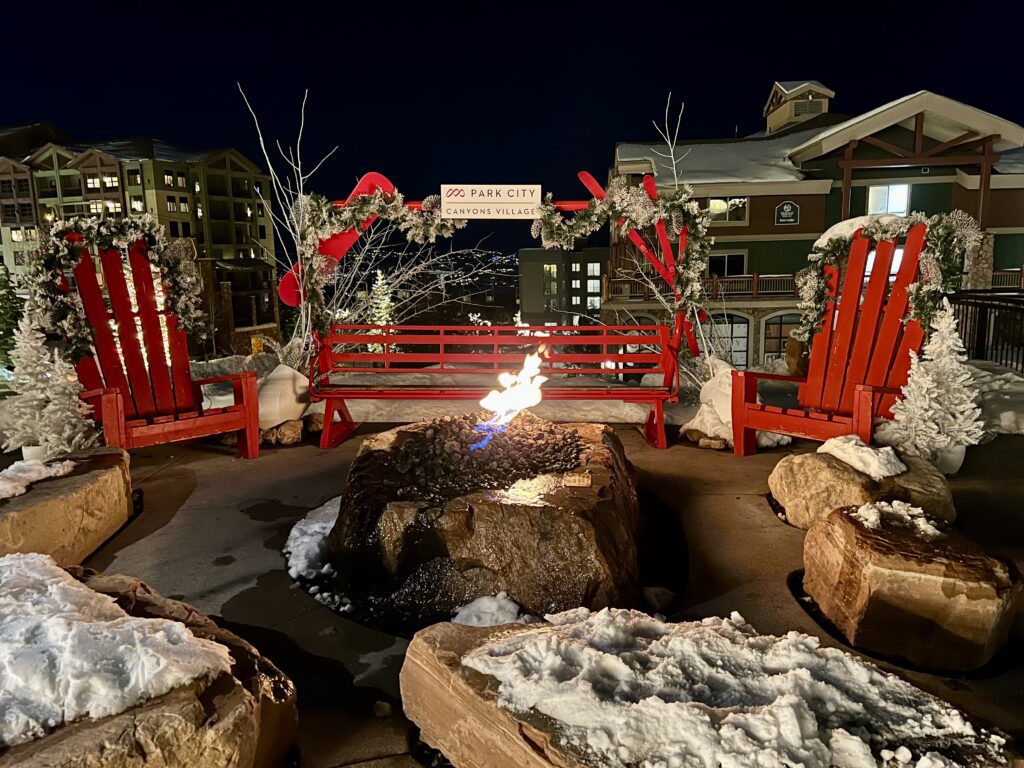
EPIC, is owned and operated by Vail Resorts, while IKON is owned and operated by the Alterra Mountain Company. Choosing which pass to purchase really depends on where you plan to ski in that season. For example, in Colorado, Vail, Beaver Creek, Breckenridge and Keystone are all on the EPIC pass while Aspen Snowmass, Steamboat, Winter Park, Copper Mountain, Arapahoe Basin and Eldora Mountain are all on the IKON pass. Some other notable resorts on the EPIC pass include Whistler/Blackcomb, Park City, Northstar, Heavenly, Kirkwood and Stowe. Some other notable resorts on the IKON pass include Jackson Hole, Big Sky, Taos, Alta, Snowbird, Palisades, Mammoth and Killington.
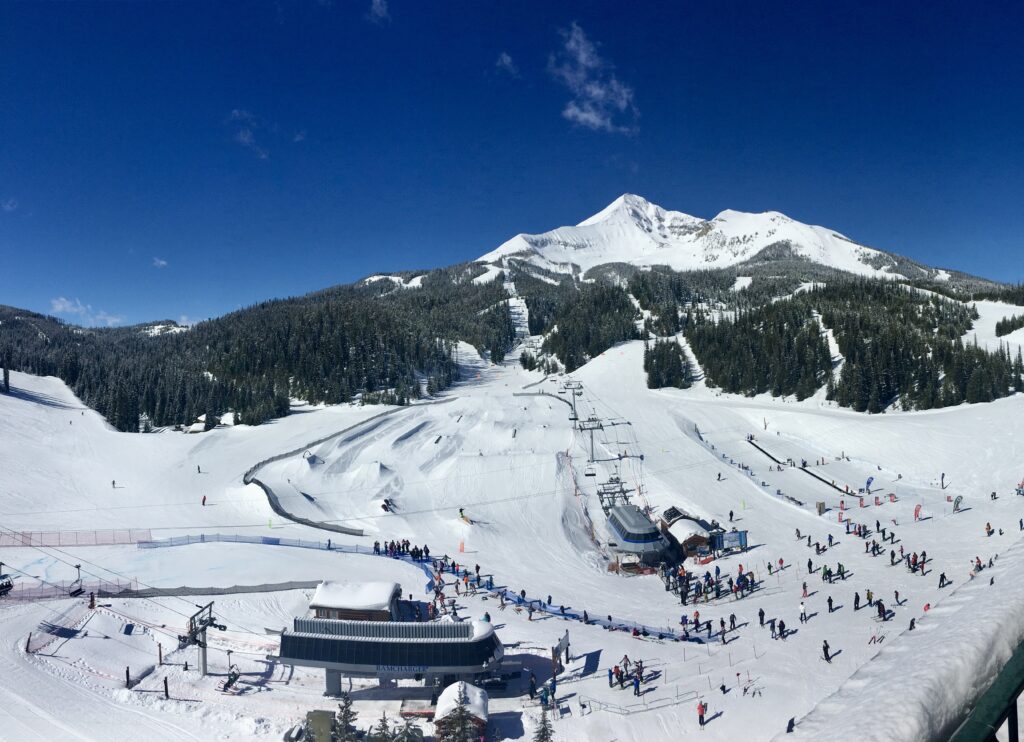
Both of these ski pass networks offer similar products and benefits. They both offer a variety of ski pass options at a wide range of price points from the most expensive unlimited, ski anywhere, anytime pass to much more restricted, but cheaper options depending on where and how much you expect to ski. Both passes have affiliated discount programs for ski rentals, lessons, hotels, dining and shopping, but only with certain participating establishments so don’t expect every place in Vail, for example, to honor the EPIC discount. The EPIC and IKON passes also both have smartphone apps that can track how much vertical you’ve skied, can even function as your lift ticket, and can be used as payment methods if you choose to attach a credit card to them.
Why Purchase a Ski Pass in the Summer?
The EPIC passes for the 2024/25 ski season went on sale in early March 2024. The IKON passes have not gone on sale yet, but I would expect them to start selling soon. But why purchase a ski pass this early or even during the summer? First, the earlier you purchase your pass the better price you’ll get. Second, both EPIC and IKON stop selling these passes late fall/early winter and you will have no choice but to pay the day rate for lift tickets. You may be able to get some small discount if you purchase your lift tickets a few weeks early, but they will still be much more expensive then if you had pre-purchased one of these passes from EPIC or IKON.

For example, we are a family of four and purchased four EPIC Local Passes that gave us unlimited access any of the 6 ski areas (Liberty, Round Top, Whitetail, Laurel Mountain, Hidden Valley and Seven Springs) within a 4 hour drive from where we live on the east coast of the U.S., and slightly restricted access to the rest of the EPIC network. This cost us a total of $2,561.00. Due to weather and scheduling we were not able to ski at any of the local resorts this year. However, we did go to Park City, Utah for 6 days and skied for 4 days.
I used Park City’s website to see how much it would cost for 4 adult, 4 day lift tickets purchased a week prior to Feb. 27 2024 (skiing Tuesday through Friday). It would have cost $3,984.00 ($249.day). As you can see, that’s almost $1,500.00 more then what we paid. If we had walked up to the ticket window at Park City on Feb. 27th it would have cost us even more at $4,102.00 ($277/day). So even without doing any other skiing this year, EPIC’s local season pass was still well worth it.
Changing Business Models for Ski Resorts
Running a ski resort can be a difficult business. When nature doesn’t comply with ample snow, the resort must pay to run snow making equipment and when it does snow the resort must pay to keep the roads, parking lots and walkways free of snow. They also have to maintain and upgrade the ski lifts, accommodations, dining facilities as well as staff the entire place. If a resort has a good winter, gets plenty of natural snow, and sells a lot of lift tickets they can do well. However, if they have a bad winter and don’t sell many lift tickets, they could lose a lot of money that year. Resorts on either the EPIC or IKON pass are essentially pre-selling lift tickets, which provides a hedge against bad weather resulting in more predictable cashflow.

Some people call this the corporatization of the ski industry, which has negative connotations. Another way to think of it is like a farmer’s cooperative. They pre-sell shares of food to you before they even start planting and no matter how good or bad the harvest is, the farmer has been paid the same. This shifts the risk from the producer to the consumer and that’s exactly what the ski industry is doing here. After all, everyone likes new high-speed lifts servicing even the most remote parts of a resort so, if this allows resorts to run more efficiently enabling them to continue to invest in the resort’s infrastructure, that’s a good thing for all ski enthusiasts.
Downsides
One very noticeable side effect of so many people getting these passes is much bigger crowds, especially on weekends, holidays and big snow days. After all, if you’ve already paid for the pass you might as well use it. I’ve certainly noticed many more complaints on social media this past winter. There was a noticeable increase in complaints regarding excessively long lift lines, over-crowded dining and lodge facilities. Some people couldn’t even make it to the resort because the access roads were bumper to bumper and parking lots were overflowing by mid-morning.
So far, most resorts haven’t figured out how to handle this problem, but I’m sure they will if over-crowding continues to persist. Perhaps they’ll institute a reservation system, even for season pass holders. Some resorts that had free parking have changed to paid parking and some even require a parking reservation.
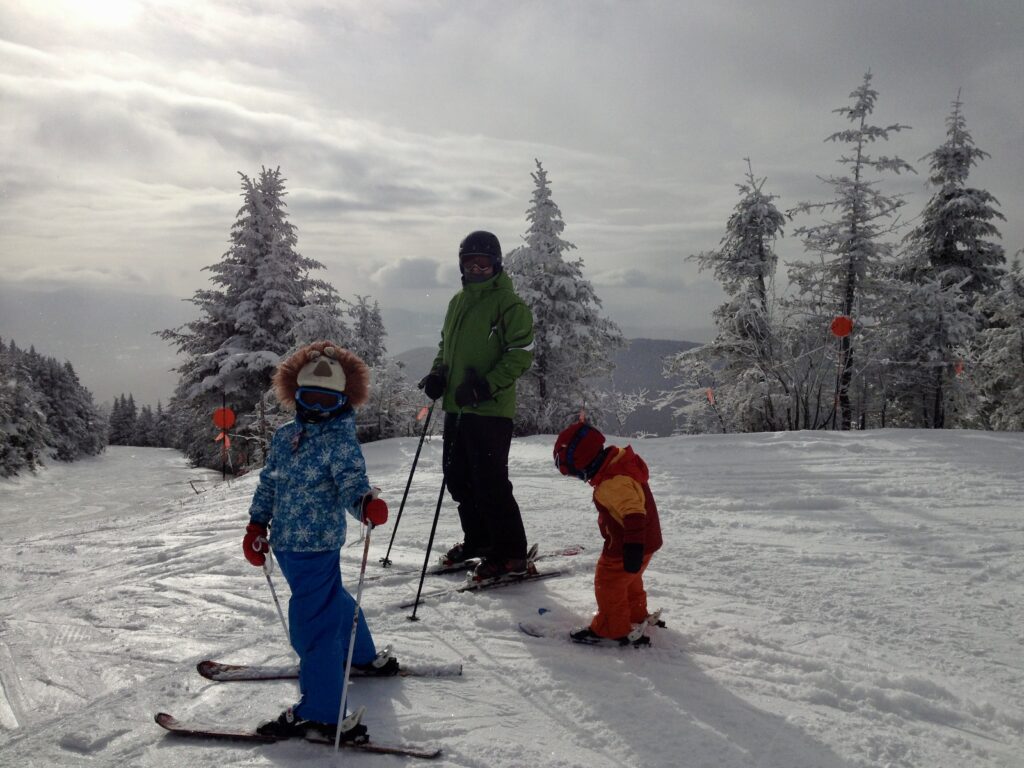
All in all, this seems like one of those good problems to have. I’m old enough to remember when the biggest worry the ski industry had was that young people weren’t interested in the sport and it might just fade away. Then along came snow boarding and, shortly thereafter, shaped skis and the sport took off again.
So, if you want to save a good bit of money next ski season while sacrificing some spontaneity purchase either an EPIC or IKON product this summer and hope for a snowy winter.
The following is a link to a 17 ½ minute long video by the PeakRankings YouTube Channel, which discusses this very issue: Have the EPIC and IKON Passes Ruined Skiing?
